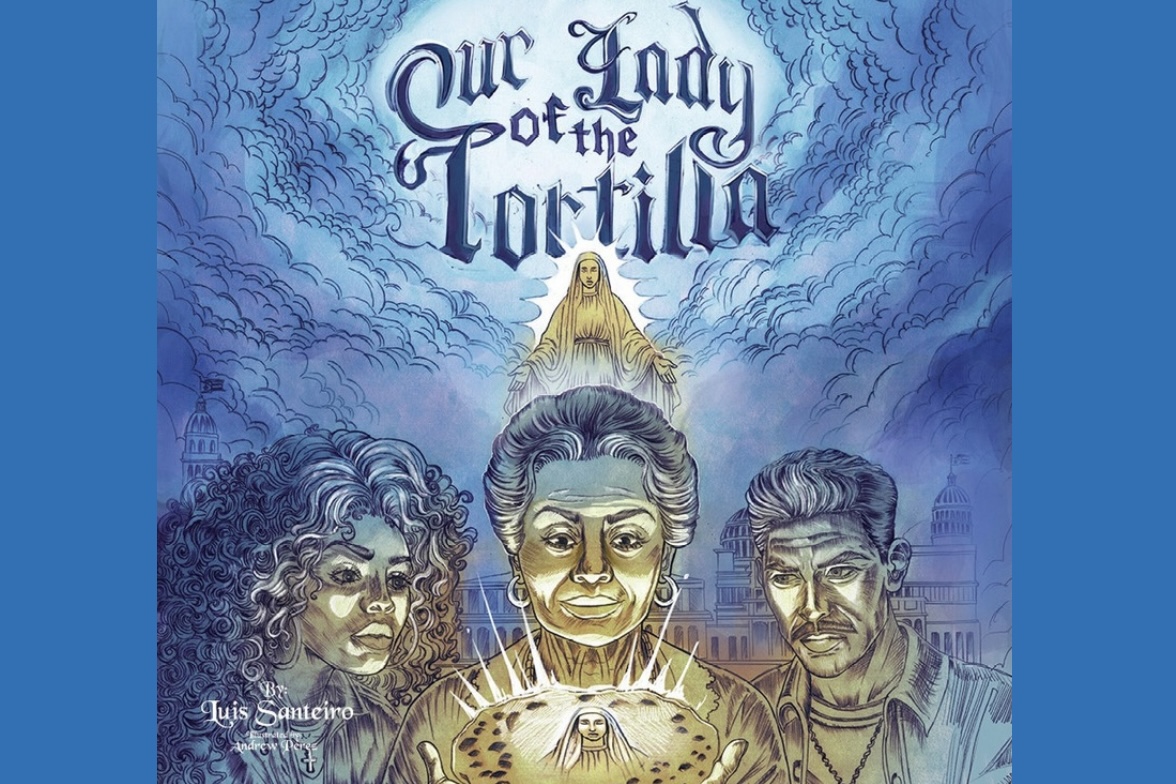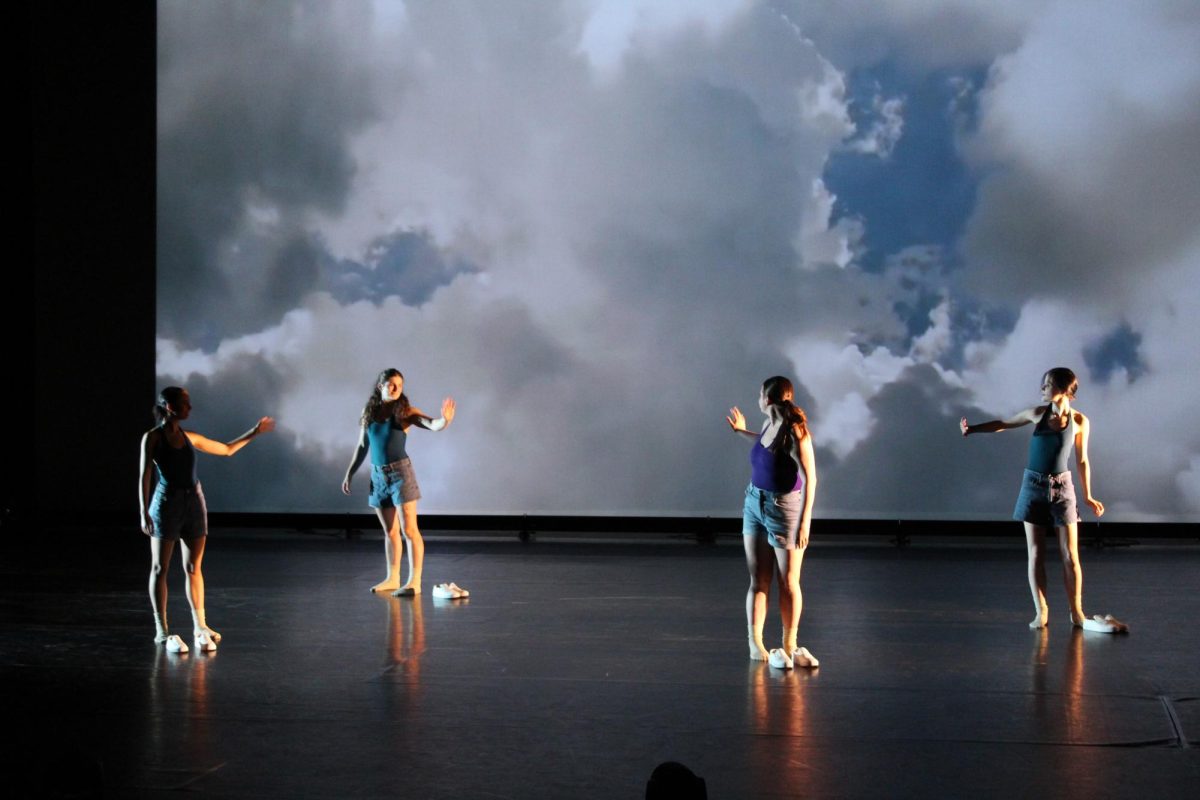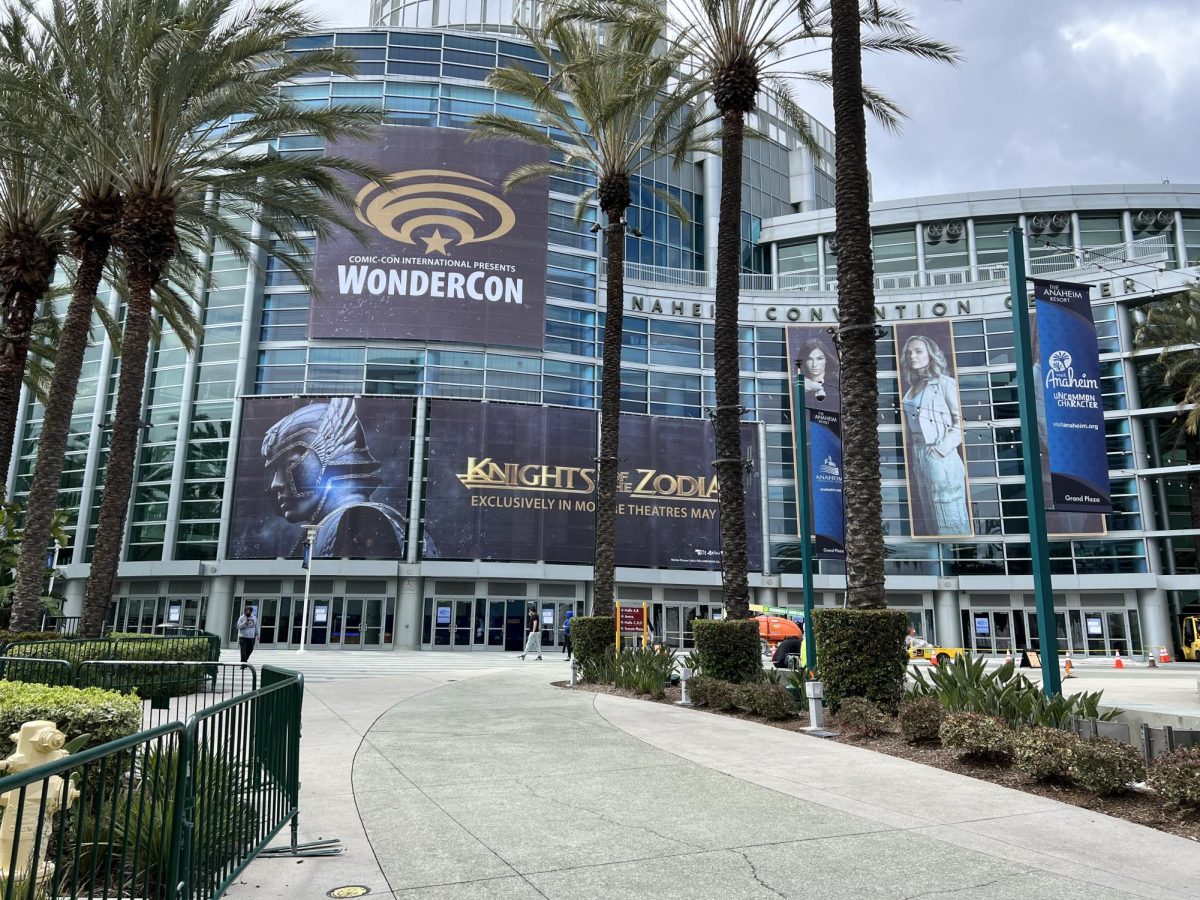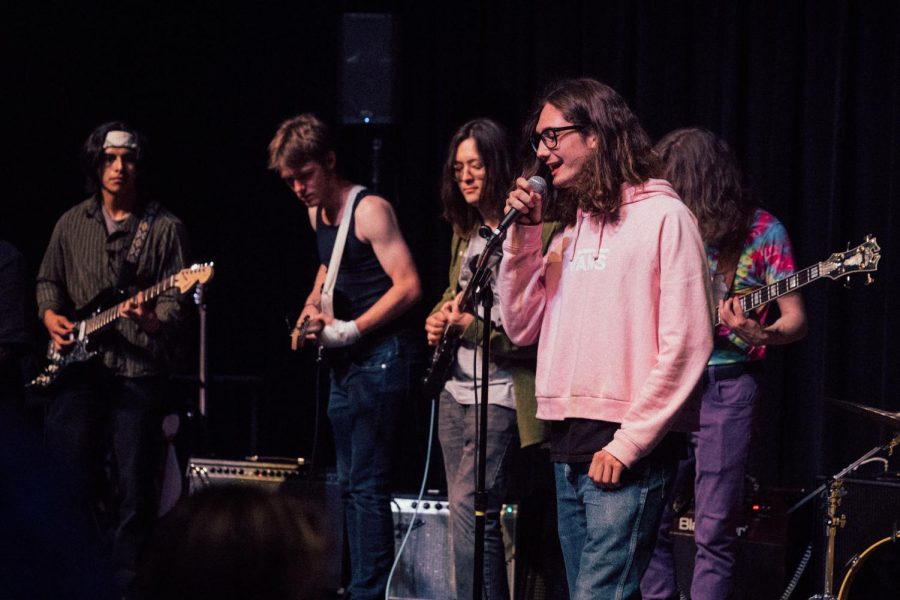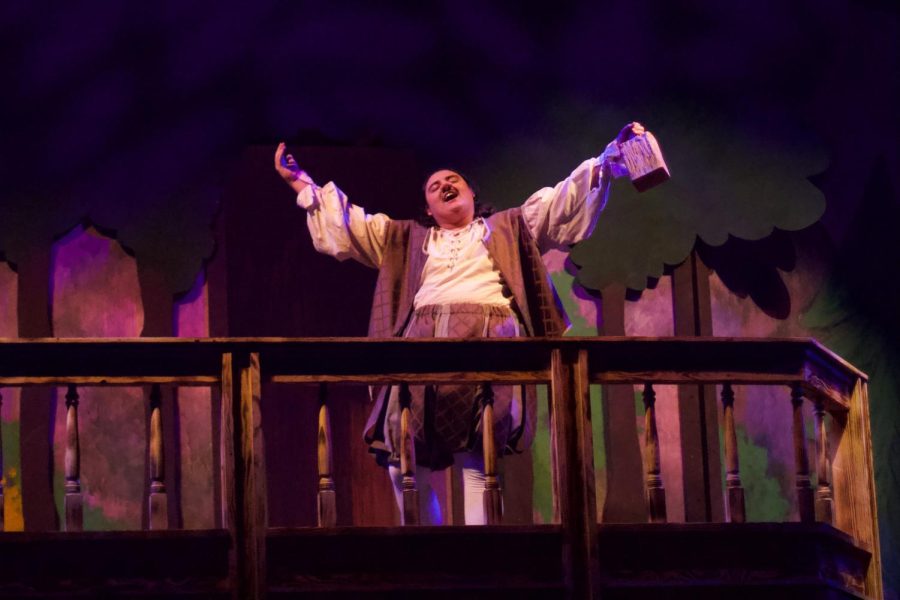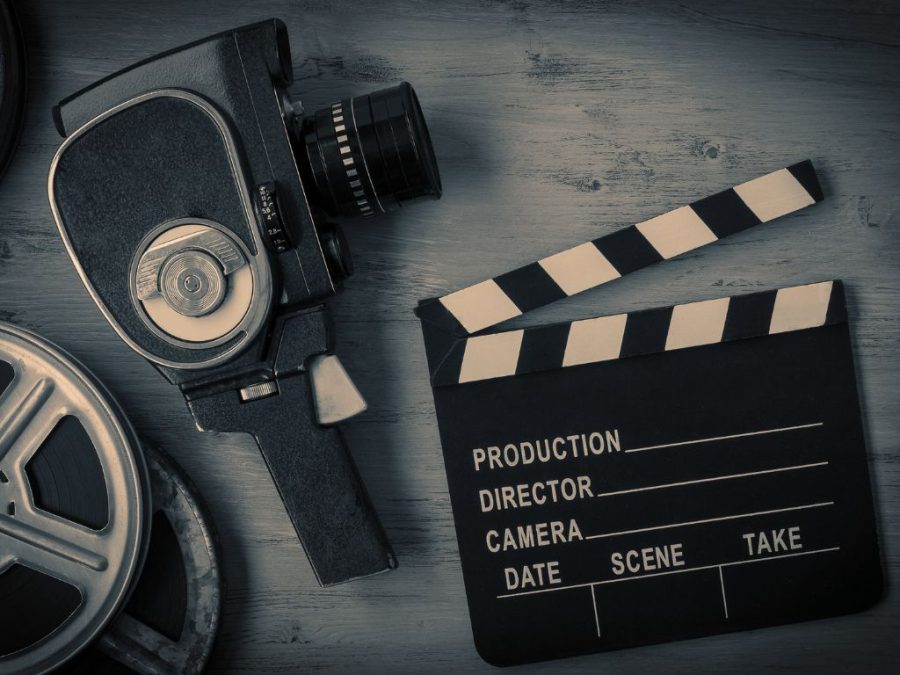Yes, I watched the “Watchmen” without having read the comic book…err graphic novel. And honestly, I don’t see much of a problem with that.
The film still holds its own, without relying on allusions to the graphic novel from which it was adapted. Director Zack Snyder has created a stand-alone epic in “Watchmen,” heir apparent to “300” with its perfectly stylized and paced action sequences, with bits of slow-motion seamlessly integrated into one awesome fight. On top of that, “Watchmen” somehow manages to outdo “300” again when it comes to ridiculously graphic violence. Awesome.
Despite the superficial “awesomeness” that comes standard with watching a movie such as “Watchmen,” there is much more to be seen that just a partially fleshed arm plastered to a ceiling. Set in 1985, the story looks at an alternate course for American history, had there been superheroes to mix things up in WWII and Vietnam. Perhaps we would be better off without superheroes, considering the U.S. ends up with President Richard Nixon serving his fifth term in office.
During this alternate reality, the Cold War rages on and the world fears nuclear war between the U.S. and the U.S.S.R. Because of this uncertainty, the film carries a sense of apprehension that often affects the characters’ actions.
At first, I found the myriad of characters a little hard to keep up with. I resorted to giving them alternate names that I am more familiar with, such as Captain Planet, Xena, Wolverine, the guy from “Lakeview Terrace,” the Invisible Man and Draco Malfoy, until they established themselves better.
Rorshach (the Invisible Man) was the most interesting, locked in his own self-conflict between some deep-seated mistrust of people and the fact that he still stands up to represent truth and justice, just as any superhero does. Not many films have a psychotic narrator either, especially one so articulate and thought provoking. At one point, I began to wonder, like him, had he really gone mad, or just the rest of the world?
The dynamic between Night Owl II (the guy from “Lakeview Terrace”) and the Comedian (Wolverine) provided an interesting ideological point/counter-point theme throughout the film. Night Owl II was the basic “American dream” superhero that, for the most part, avoided needless conflict and tried to maintain order. His foil, the Comedian, however, does not display the same good intentions as his counterpart. In the words of Rorshach, the Comedian saw the faults of society and decided to become a parody of them. The Comedian’s apparent cynicism with society quickly turns to schadenfreude.
After the near-three hour barrage of psychological, philosophical and political banter, balanced nicely with mind-numbing fight scenes, I realized that I might be missing out on something by not reading the graphic novel. I began to consider going out and buying the book and spending some time to get to know the “Watchmen” a little better.
Then I decided that seeing the movie again was just as good.

